Do you want to get things done on time?
Next, I will show you how I manage my time in a way that keeps the stress to a minimum.
For example, you can’t fit more than 4 or 5 hours of deep work in your 8-hour day.
Find out how to plan your day and not to worry about the things you need not worry about yet.
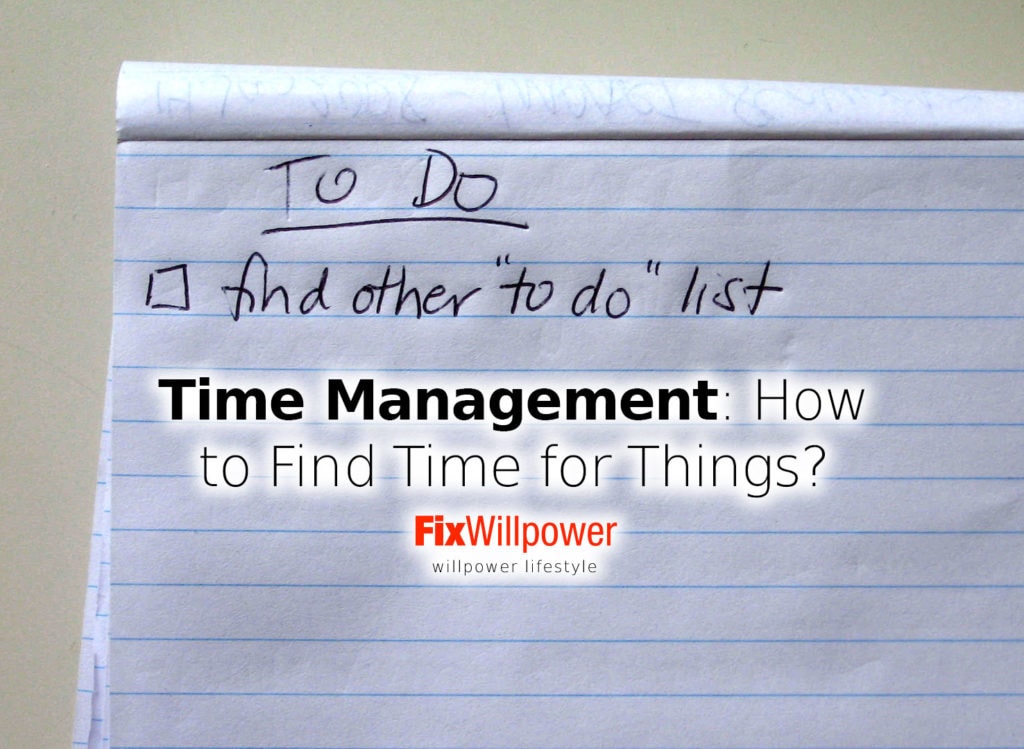
I often started a day with perfectly laid out plans for how everything will happen. Then 12 hours later I had several tasks unfinished and no hope of getting them done that day.
My day exploded because I forgot to include one meeting on the daily list and one important discussion just needed to happen. That discussion led to a task that took another 40 minutes. Adding all this up led to an additional 3 hours of unplanned activities.
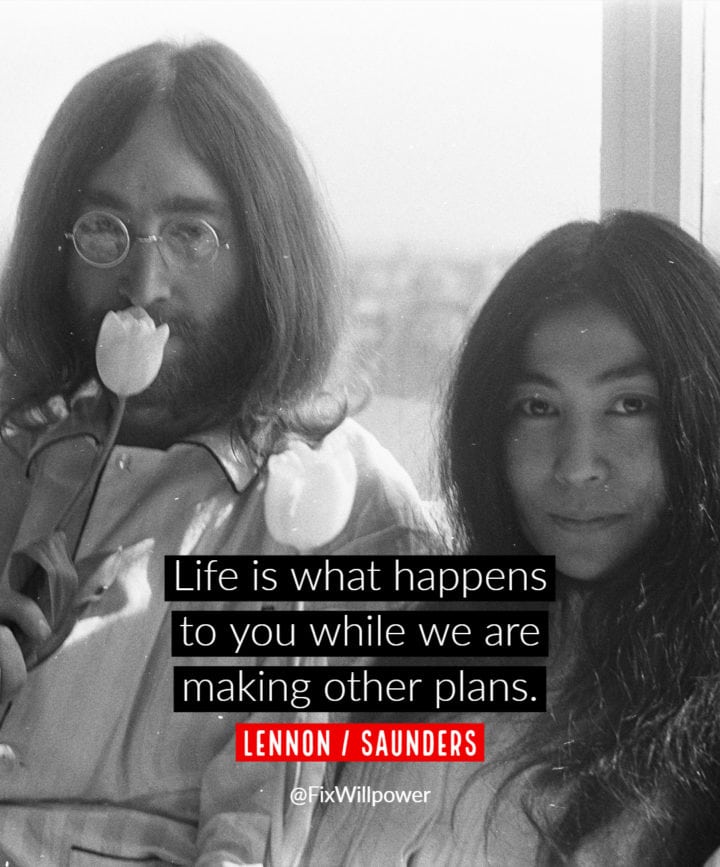
Life is what happens to you while we are making other plans. – Lennon / Saunders
How to plan your day so you can have unexpected events and still manage to get stuff done that you planned for the day. I have tried to find an answer to that question for years and come up short. The reason I have not got an answer is that the answer I want to get differs from what’s really possible.
The answer we want to get is how to squeeze 12 hours of work into 8 hours. Many of us realize over the years that this is impossible. We are stunned, but in the end, we’ll accept the third-grade math lesson that 12 is greater than 8. But we are not beaten.
We’ll turn to another powerful math tool, the equal sign. 8 = 8.
Yay! Why didn’t I think of this earlier? If I have 8 hours, then I should schedule 8 hours of work.
Wrong!
If you are thinking about the work, you have to do and scheduling the tasks you may think you can get one hour of work done in one hour. It’s not true even in the environment where you are not distracted by an external stimulus (phones, people, notifications, etc.).
In the ideal environment, you have some idea how much work you can do in an uninterrupted hour. When you are planning, you consider an ideal situation and use that as a yardstick, even if subconsciously. That is why you usually get more stuff done when working alone.
Enter the evil co-worker.
We hire them for the sole purpose of distracting you and slowing you down. Research shows you get on average 11 minutes on any task in an office environment before someone or something distracts you. And that’s not the worst part. To get back on track, it will take on average 25 minutes. In the worst-case scenario, you get 18 minutes of work done every hour.
How to deal with that? One way would be to get all your co-workers fired. However, fewer people might increase your load even more and is thus not recommended. There’s another way.
Daily 1-2-3 Time Management Method
I use the 1-2-3 method. This is one of the simplest time management techniques. For every day I plan:
- the one really important thing in my day,
- two other larger tasks and
- 3 (or 4) smaller tasks.
The most important task gets a two-hour slot, two larger tasks get an hour each, and the three or four smaller tasks share a 2-hour slot. The key is to add 10-20 minutes to each slot for task switching and relaxing. Return phone calls, check email, chat with colleagues, go for lunch, etc.

Lack of direction, not lack of time, is the problem. We all have 24 hour days. – Zig Ziglar
The plan seems really simple until reality hits, and you really have to get more things done than there’s time. Well… just say no! You can not do 2 hours of work in one hour. If you don’t say “no,” your to-do list will continue to grow and grow and then grow some more. You will have sky-high stress, and you feel you are not up to the challenge.
Using this method will help you get a grip on things, but there will always be days when even the best-laid plans will blow up in your face.
Give yourself some credit, understand that you are doing enough and plan realistic amounts of work into your day.
You need time to manage and switch tasks
The first task of every job is getting everything ready so you don’t have distractions later. Start by setting everything up, creating an outline, and setting up the files. Select the tools. Do the easy setup and housekeeping as the first thing.
Part of the setup is breaking down your project. Focus on the sub-task you have to do right now. Make it small so you wouldn’t procrastinate on it. Just one simple thing, the next small step you have to take.
Create Input-based tasks. Re-frame the tasks you have in a way that you measure effort not the result. I will work 20 minutes or an hour. You can use tools like the Pomodoro technique.
When you start your work session, remove all distractions. Put your phone in silent mode, disable all notifications on your phone and computer, clean your desk, go to the toilet, adjust the temperature, get coffee, eat if you have to. Set everything up so you can do the task without interruptions.
Pro tip: Write down distractions. When random ideas and tasks appear while you are working on a task, write them down on a piece of paper. Similarly, when you need something while writing, use XXXX to mark the place you need to research after you are done with the writing.
Plan 25% of time for context switching
I measure my on task working time with an app called Toggl. Every time I start a task, I start a timer.
I usually work 8 to 9 hours every day. But that is not how long my workday is because I have breaks.
I decided to find out how much time do I spend on non-work activities and breaks.
To find out, I took 3 months of data and noted the time between when the first task started, and the last task ended. This time period is what you could call a workday. Now I already had the on-task working time from Toggle and calculated the ratio.
It was 25%.
For example, if I have a 40-hour on-task work week then it means the total length of the working days was 40 hours plus 25 percent or 50 hours.
Seems a lot!
But it’s not!
You need breaks to be productive.
If you don’t take breaks your productivity drops and you may even move into workaholic territory.
The calculations gave me a better understanding on how I spend my time. You should do that too.
For every 60 minutes I work, I spend 15 minutes on breaks. Or to put it in another way 20% of my workday is break-time.
Now I know and can do something about it. As Brian Tracy said:

Work all the time you work! ~ Brian Tracy
I don’t think I will.
Maybe I’ll try to get the breaks to 20% of on-task time. It would cut 25 to 30 minutes from my average working day.
I don’t know why working is hard, but it gives you a sense of accomplishment.
Long-term time management and to-do lists
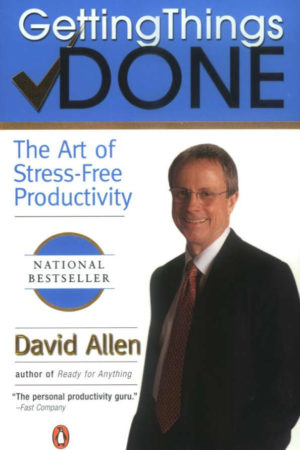
- The first page contains the remaining days of the current week.
- Then there’s a hard page break.
- On the second page, I have the next 21 to 30 days plus the next twelve months.
I usually update my 43 folders GTD to-do list on my computer. I don’t need it for tactical time management. However, sometimes I open it on my mobile to check dates for future events.
Before that, I used various other systems but moved on until I found 43 folders. GTD is the system that I have been using for almost 4 years.
1-2-3 and 43 folders together
When you combine the two methods above, you will get maximum peace of mind.
Use the 43 folders for longer planning and 1-2-3 for daily tasks. If there’s a better system, then I haven’t found it yet.
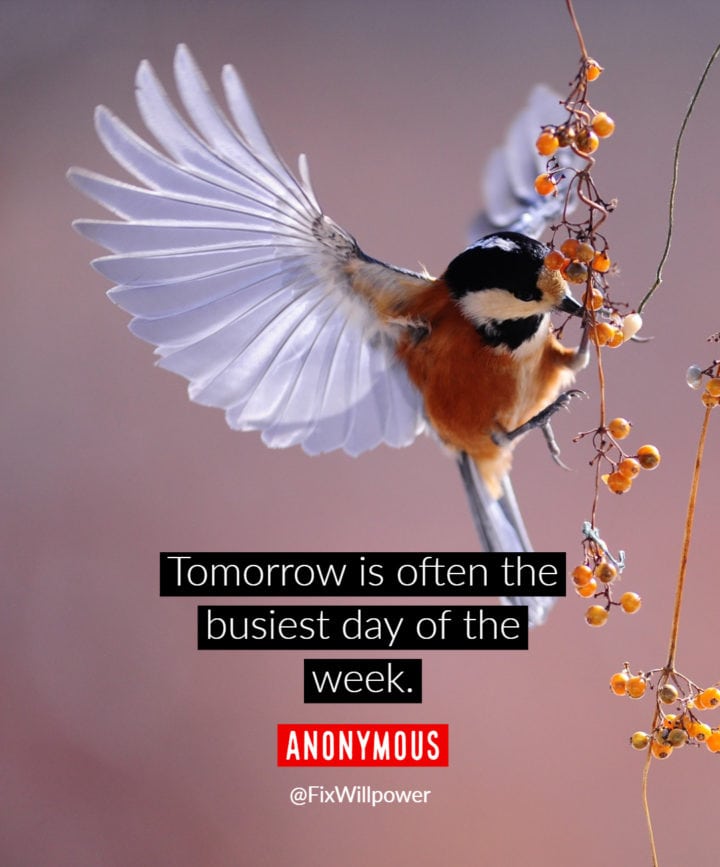
Tomorrow is often the busiest day of the week. ~ Anonymous
Bonus: 26 Time Management Hacks I Wish I’d Known at 20
Here are simple ideas from some of the best people in various industries. How they manage their time to get more done and avoid being overwhelmed. Collected by Etienne Garbugli.
Great time management skillset you apart from the rest of the crowd when are reaching for your goals.
____________________________
Image: To-Do List by Beth77
Image: Bed-In for Peace, Amsterdam 1969 – John Lennon & Yoko Ono 16 by Nationaal Archief
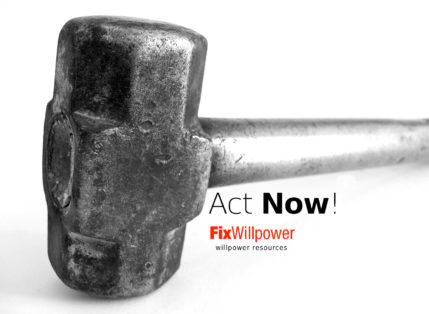

![Read more about the article 10 Survival Skills You Need to Make It as an Entrepreneur [2024]](https://fixwillpower.com/wp-content/uploads/entrepreneur-skills-429x314.jpg)
![Read more about the article How to Stop Watching TV? [and Improve Your Life]](https://fixwillpower.com/wp-content/uploads/stop-watching-tv-429x314.jpg)
Pingback: What are the Important Things in Your Life | Fix Willpower